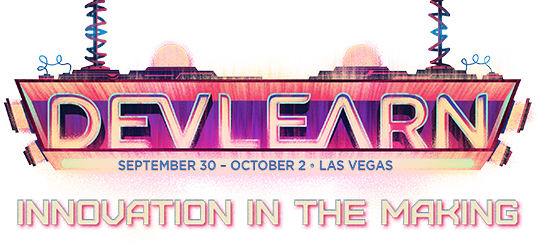P24 Incorporating Cognitive Science into Your Instructional Design
8:30 AM - 4:30 PM Tuesday, September 29
205
Our goals for learning are (or should be) learning that sticks: learning that is there when we need it and that addresses the necessary goals. To do that, we need to understand how we learn, and that comes from the learning sciences. Yet much of what we see in learning doesn’t reflect what’s known about learning. To remedy this, we need to go deeper. We need to get past folk psychology and myths and drill into what is empirically demonstrated to work.
In this workshop, we’ll explore the brain at many levels, using specific exercises to help understand the phenomena we have to deal with. We’ll look at the architecture and the various components, as well as the emergent behaviors. We’ll discuss senses, attention, working memory, long-term memory, and the processes that move (or hinder) information. We’ll also look at reasoning, automaticity, and expertise. Most importantly, we’ll explore implications for our learning design; issues like cognitive load, repetition and spacing, and abstraction and transfer, as well as the emotional side, including motivation and anxiety.
In this session, you will learn:
- How to make sure that your learning is there when needed
- The elements that ensure your learning transfers to appropriate situations
- Why subject matter experts (SMEs) can’t tell you what they do and how to cope
- To address motivation and anxiety to optimize learning outcomes
Audience:
Designers and managers responsible for designing learning that
actually leads to meaningful outcomes.
Technology
discussed in this session:
TBD

Clark Quinn
Chief Learning Strategist
Upside Learning
Clark Quinn, PhD is the executive director of Quinnovation, co-director of the Learning Development Accelerator, and chief learning strategist for Upside Learning. With more than four decades of experience at the cutting edge of learning, Dr. Quinn is an internationally known speaker, consultant, and author of seven books. He combines a deep knowledge of cognitive science and broad experience with technology into strategic design solutions that achieve innovative yet practical outcomes for corporations, higher-education, not-for-profit, and government organizations.













































